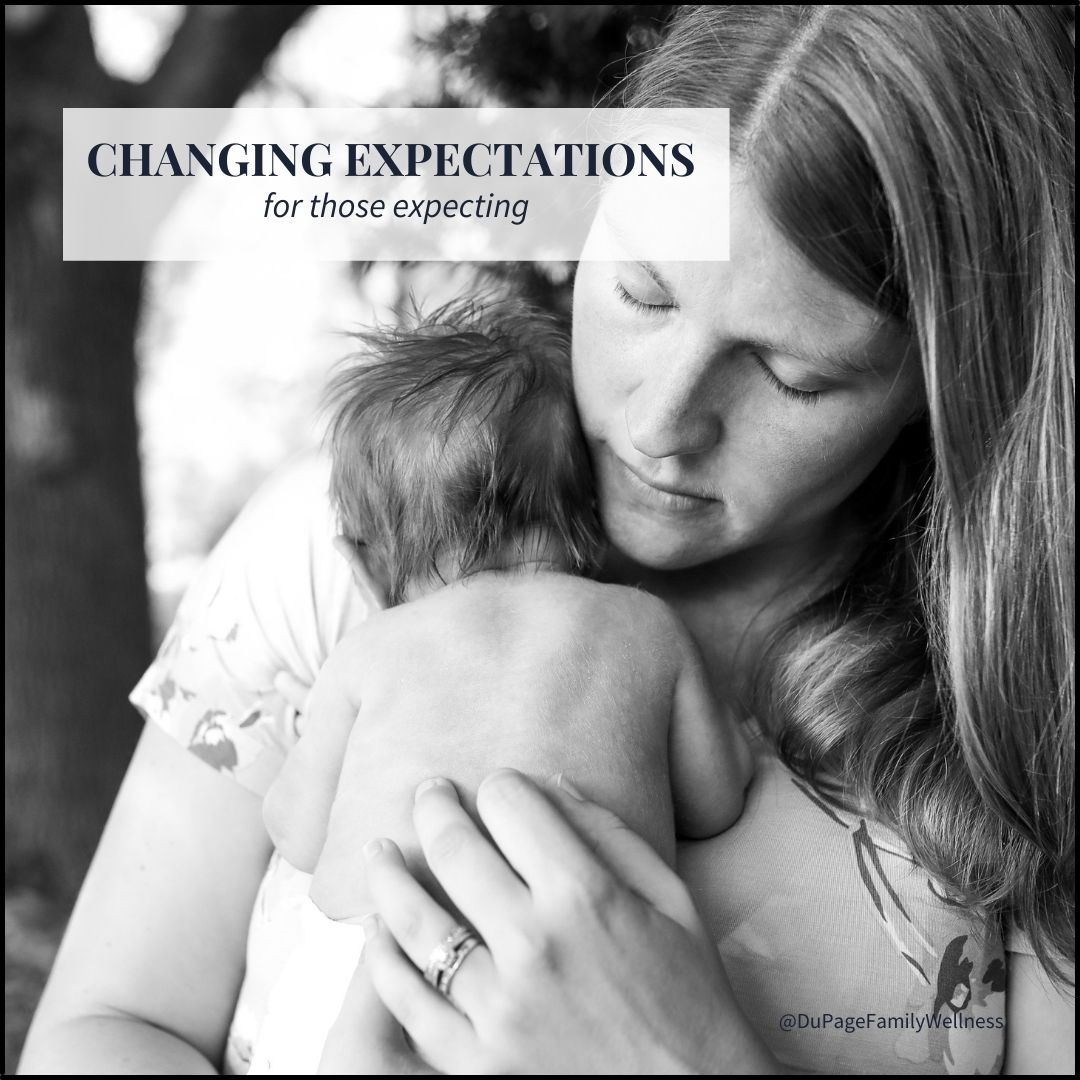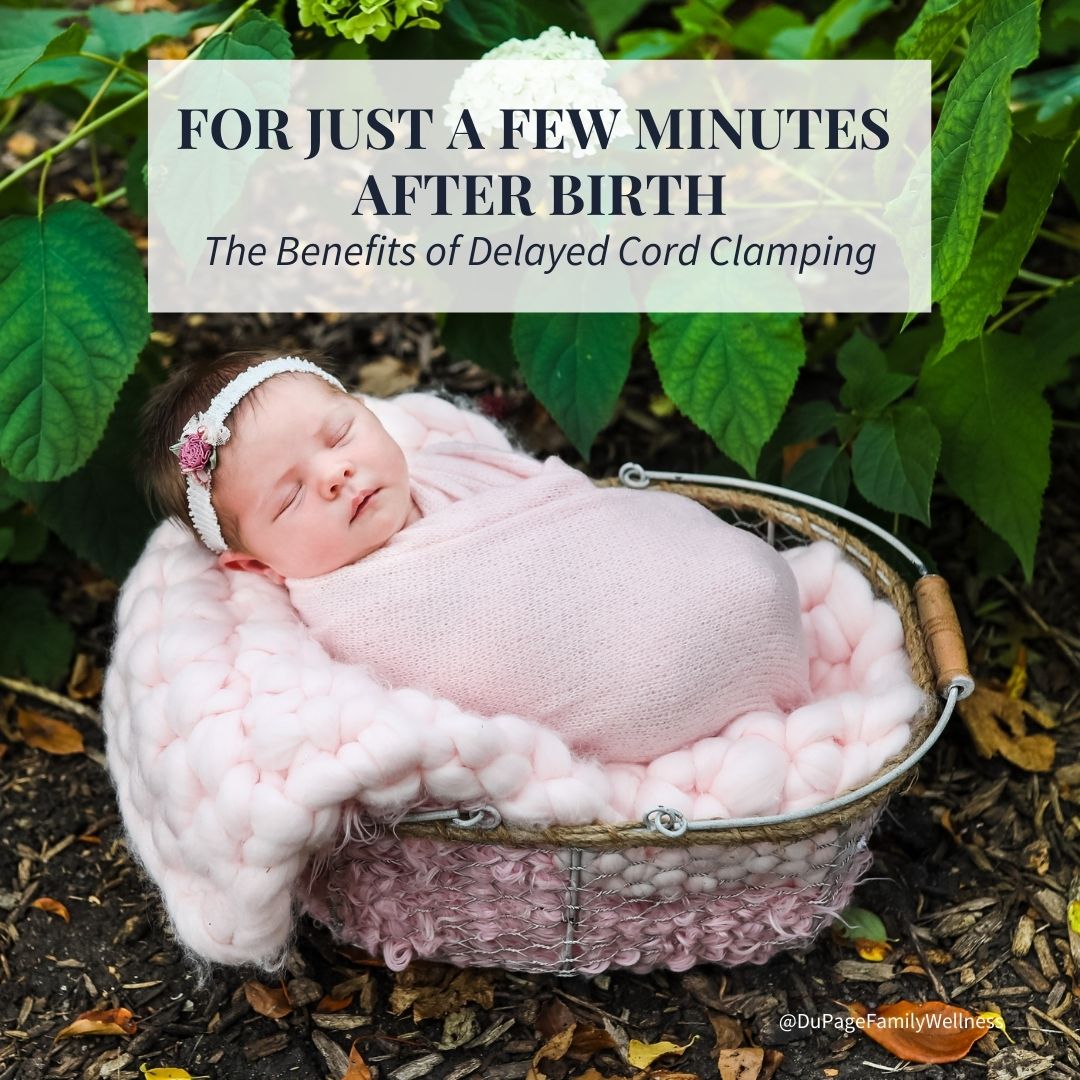Your Care During My Maternity Leave
 Jared and I will welcome our fourth girl into the world soon! My maternity leave is planned to begin October 18th and go through the end of November. If I baby and I are feeling up for it, I might pop in for a few appointments during the month of November. If this becomes available, we will reach out and let our patients know.
Jared and I will welcome our fourth girl into the world soon! My maternity leave is planned to begin October 18th and go through the end of November. If I baby and I are feeling up for it, I might pop in for a few appointments during the month of November. If this becomes available, we will reach out and let our patients know.
While I am on maternity leave, I want you to have access to great chiropractic care! Below you will find information on three chiropractors who will take good care of you, but first, let's have a little fun...
Birth Stories
Here are some statements about my previous births. Let's see if you can tell which are true/false (see the answers below).
- Baths helped ease the intensity of my contractions
- One of my labors lasted about 43 hours.
- I got an epidural and Pitocin for one birth.
- One baby was born in the car on I-88.
- The midwife went to the wrong address for my home birth
- Hypnobirthing meditation was a useful tool.
- The doctor used forceps at one delivery.
- Jared got to cut each girl's umbilical cord.
- One baby was delivered about five minutes after my midwife got there.
- My girls were able to meet their sister minutes after my last delivery.
Dr. Matthew Petry (Plainfield)
Dr. Anita Dickerson (St. Charles)
Dr. Gabriela Ludeman (Bolingbrook & Naperville)
I look forward to seeing you after my leave!
Dr. Jamie
* Each of the statements about my previous births is true! I was in labor for about 43 hours with my first; her head was tilted, so it did not engage with my cervix very well. After getting an epidural and Pitocin, my midwife recommended we bring in the doctor for a forceps delivery. Thankfully that was successful on the first try, and we avoided a C-section. It was not my dream birth, but we were all glad we were safe. You can find the other two birth stories here and here. Both of these labors were much quicker; one was so fast that I delivered her myself in the car on the way to the hospital.


 In the hustle and bustle of the season, could there be a way to skip the stores and still get a Christmas gift they will love? No, I’m not talking about online shopping! I’m talking about giving those you love an experience.
In the hustle and bustle of the season, could there be a way to skip the stores and still get a Christmas gift they will love? No, I’m not talking about online shopping! I’m talking about giving those you love an experience. Pregnant moms get all sorts of questions. Is this your first? When are you due? Is it a boy or a girl? These questions are born out of excitement and anticipation, but some of these questions are not as straightforward as you may think.
Pregnant moms get all sorts of questions. Is this your first? When are you due? Is it a boy or a girl? These questions are born out of excitement and anticipation, but some of these questions are not as straightforward as you may think. The moments after birth are amazing. You finally get to meet the precious little life that your body has brought into the world. In spite of the exhaustion from the intensity of labor and delivery, holding your baby in your arms for the first time makes it all worth it!
The moments after birth are amazing. You finally get to meet the precious little life that your body has brought into the world. In spite of the exhaustion from the intensity of labor and delivery, holding your baby in your arms for the first time makes it all worth it! 

 A Trip to the Farmers Market, a Nap, a Bath, & a Walk
A Trip to the Farmers Market, a Nap, a Bath, & a Walk